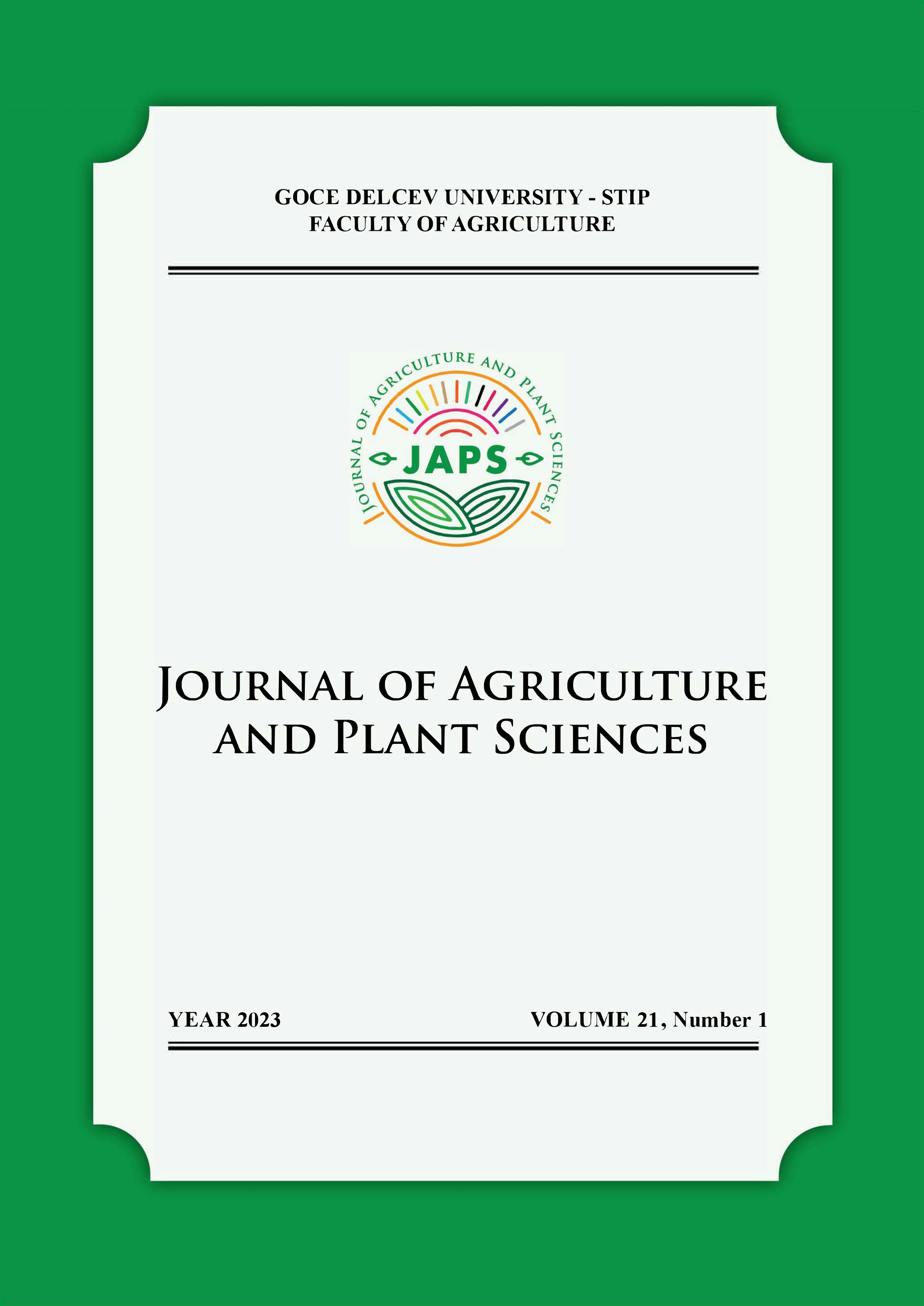THE INFLUENCE OF DIFFERENT CLIMATIC TYPES ON THE NUMBER OF Bacillus spp. ISOLATED FROM SOIL IN NORTH MACEDONIA
DOI:
https://doi.org/10.46763/JAPS23211031apAbstract
Soil microorganisms play an important role in the biogeochemical processes of various elements vital to plant growth and animal life. Understanding and predicting the effects of climate change on soil microorganisms and their role in the ecosystem is a major challenge and provides an opportunity to focus research efforts on one of the most pressing problems facing our planet. Bacillus is a widely distributed genus with 347 species and 7 subspecies known to date. Members of this genus are capable of forming spores that are resistant to extreme heat, bactericidal agents and chemical disinfectants. Many Bacillus species are used in medicine and agriculture to produce antibiotics and also serve as probiotics in foods. Climate, as an abiotic factor, influences soil microorganisms by controlling the rate of soil formation and the chemical composition of the soil. Most soil microbiology studies focus on the diversity and abundance of soil microorganisms and on documenting the effects of environmental changes on these microorganisms. This new research trend can be applied to Bacillus spp. from soils in North Macedonia in the three climate types represented, mainly due to the climatic differences between them. This research focuses on the determination of soil geochemical parameters and microbiological analyses. A total of 36 strains of Bacillus spp. were isolated, 6 of which showed antimicrobial activity against certain test microorganisms. According to the results, it was also found that the diversity of Bacillus species changes depending on the soil microenvironment under the influence of different climatic conditions.
Downloads
Published
Issue
Section
License
The intellectual property and copyright on the original content of all scientific contributions in the published paper shall remain with the authors. Authors give permission to the JAPS owner to publish the paper. All authors agree to publish the paper under Attribution-NonCommercial-NoDerivatives 4.0 International license (CC BY-NC-ND 4.0).

